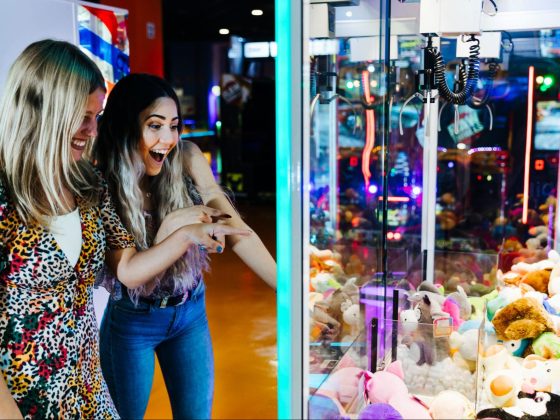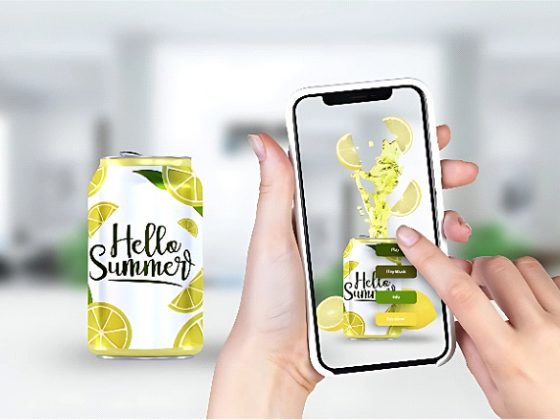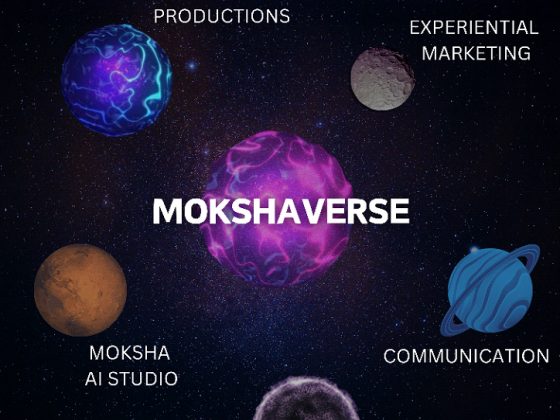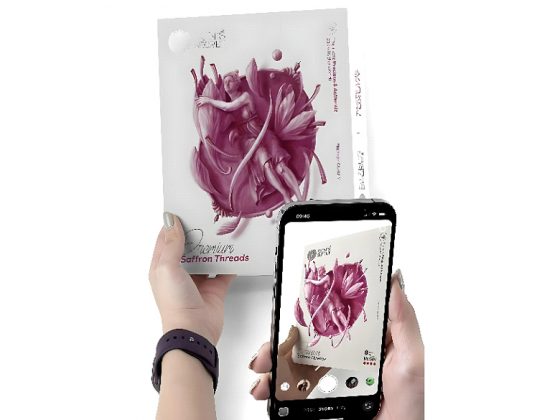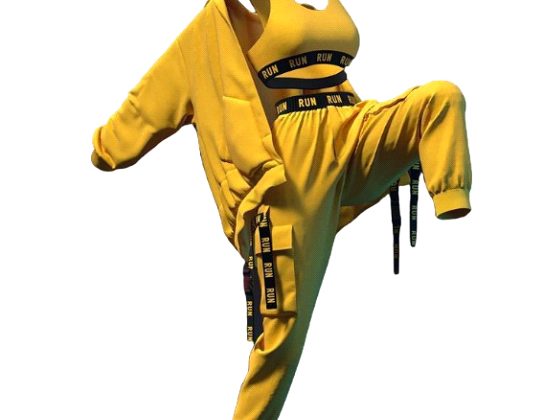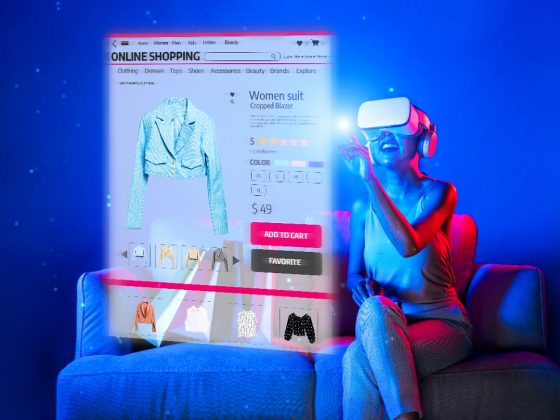Factors In Selecting The Right Micro Influencers
For FMCG brands to make the most out of their micro-influencer marketing efforts, selecting influencers who align with the brand’s values and target audience is crucial.
Factors like engagement rates, audience demographics, and content relevance should precede simple follower count. In fact, a survey by BuzzSumo found that brands that focus on engagement over reach tend to see better results in sales and brand loyalty. Tools like Upfluence, HypeAuditor, and BuzzSumo allow brands to track key metrics, ensuring that influencers fit the brand’s goals well. Metrics such as audience demographics, engagement rates, and past campaign performance can help brands choose influencers who will deliver the most value. Tracking these data points in real-time allows for optimising influencer campaigns, ensuring the highest possible ROI.
Cross-Platform Strategies For Maximum Reach
While the advantages of micro-influencer marketing are clear, there are challenges to consider. Influencer burnout is one risk, as influencers can become constantly overwhelmed by the pressure to produce content. Furthermore, the oversaturation of sponsored content can lead to scepticism among followers, potentially diminishing the authenticity of the brand message.
FMCG brands should focus on long-term partnerships with micro-influencers rather than one-off engagements to mitigate these risks. This fosters a more genuine relationship between the influencer and the brand, which in turn helps maintain audience trust. Transparency in sponsored content is also crucial—research shows that 91% of consumers are more likely to engage with influencers who disclose paid promotions. By ensuring clear communication about brand partnerships, companies can maintain the authenticity of their campaigns.
FMCG brands can leverage cross-platform strategies to maximize the impact of their influencer marketing. Platforms like Instagram, TikTok, and YouTube each offer unique advantages, and tailoring content to each platform can help boost reach and engagement.
For example, Instagram is ideal for visual content and short-form storytelling, while TikTok excels at viral challenges and product demonstrations. Conversely, YouTube allows for longer, more in-depth content like product reviews and tutorials. By working with influencers across these platforms, FMCG brands can engage with consumers in various contexts, ensuring a more comprehensive and effective marketing strategy.


